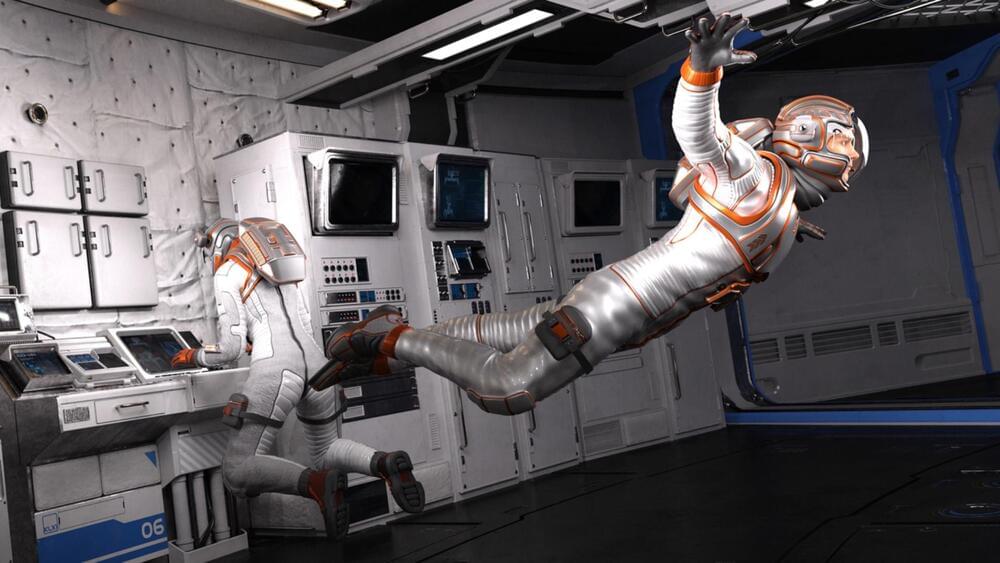A new study shows how space travel may modify the gene expression in white blood cells (WBCs), which fight infections.
Beyond Earth, a less gravity environment poses a significant risk to the health of astronauts, particularly during longer-duration missions.
Understanding how the human body reacts to the space environment is crucial for the long term and designing countermeasures to protect astronauts’ health.





